Tying up loose ends...
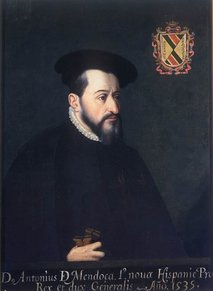 Antonio Medoza - From Wikipedia
Antonio Medoza - From Wikipedia 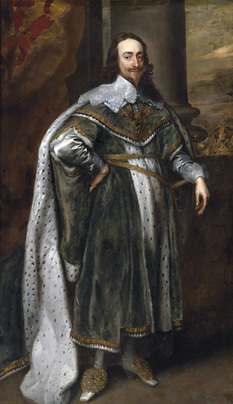 King Charles I of Spain - From WIkipedia
King Charles I of Spain - From WIkipedia 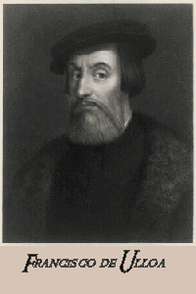 Francisco de Ulloa - From Wikipedia
Francisco de Ulloa - From Wikipedia 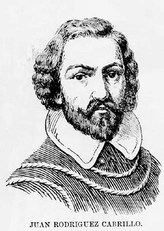 Juan Rodriguez Cabrillo - From Wikipedia
Juan Rodriguez Cabrillo - From Wikipedia 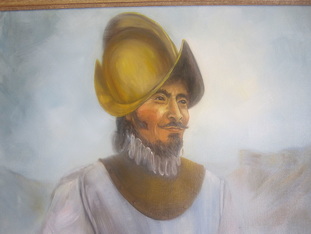 Coronado - From Wikipedia
Coronado - From Wikipedia Come back for Background History, Part Nine, coming January 15, 2015.
Sources:
Hernan Cortes: https://en.wikipedia.org/wiki/Hern%C3%A1n_Cort%C3%A9s
King Charles I: https://en.wikipedia.org/wiki/Charles_V,_Holy_Roman_Emperor
Hernando de Alarcón: https://en.wikipedia.org/wiki/Hernando_de_Alarc%C3%B3n
Juan Rodriguez Cabrillo: https://en.wikipedia.org/wiki/Juan_Rodr%C3%ADguez_Cabrillo
Book: Juan Rodriguez Cabrillo by Harry Kelsey - http://www.amazon.com/Rodriguez-Cabrillo-Huntington-Library-Classics/dp/0873281764
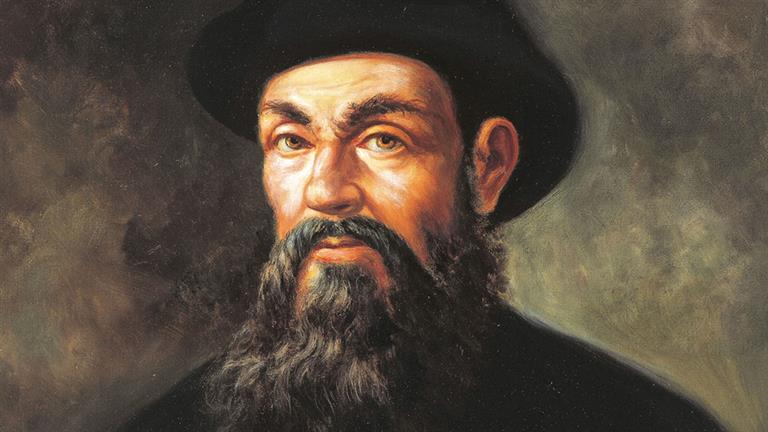
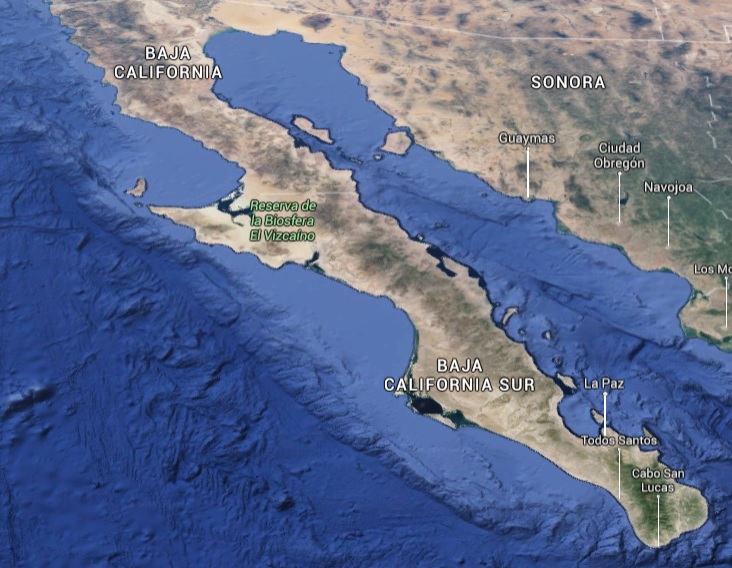
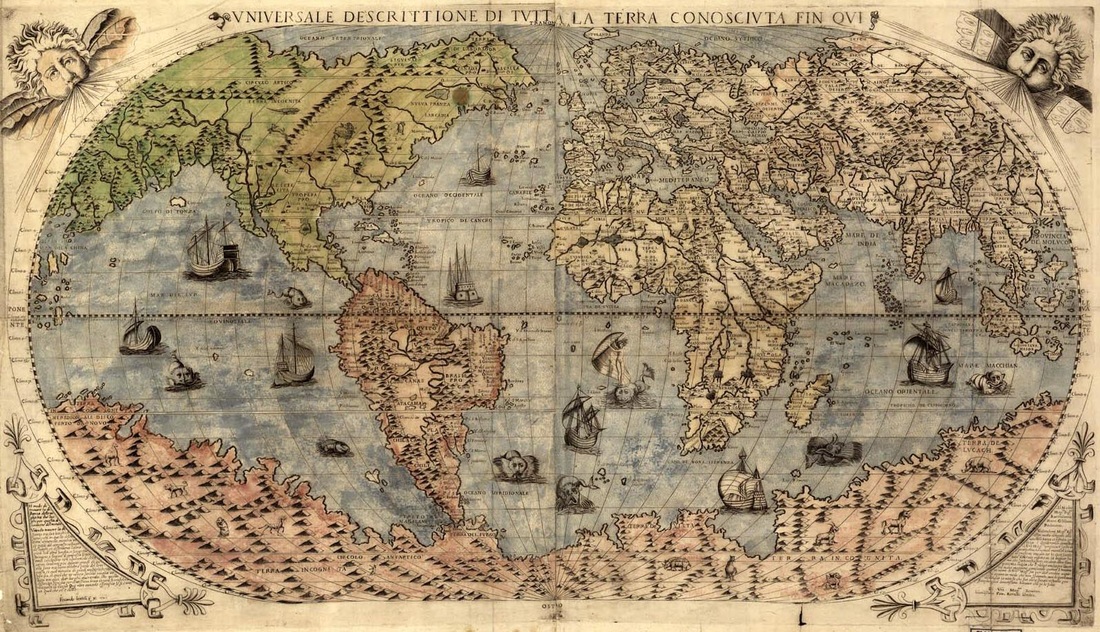
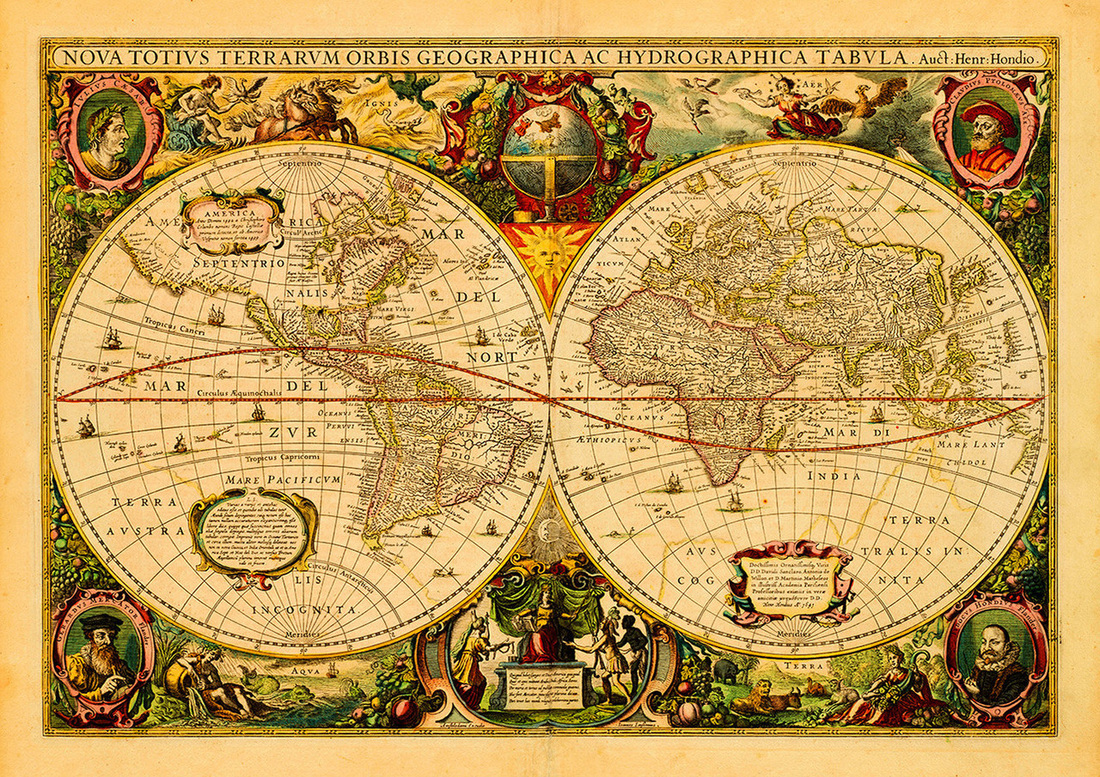
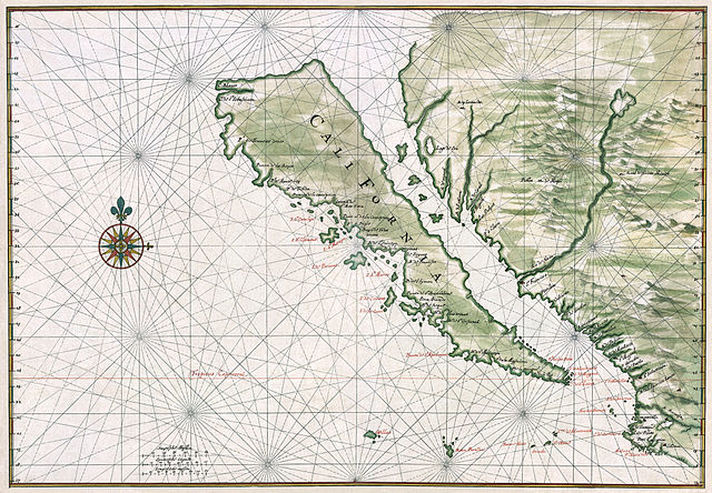
 RSS Feed
RSS Feed